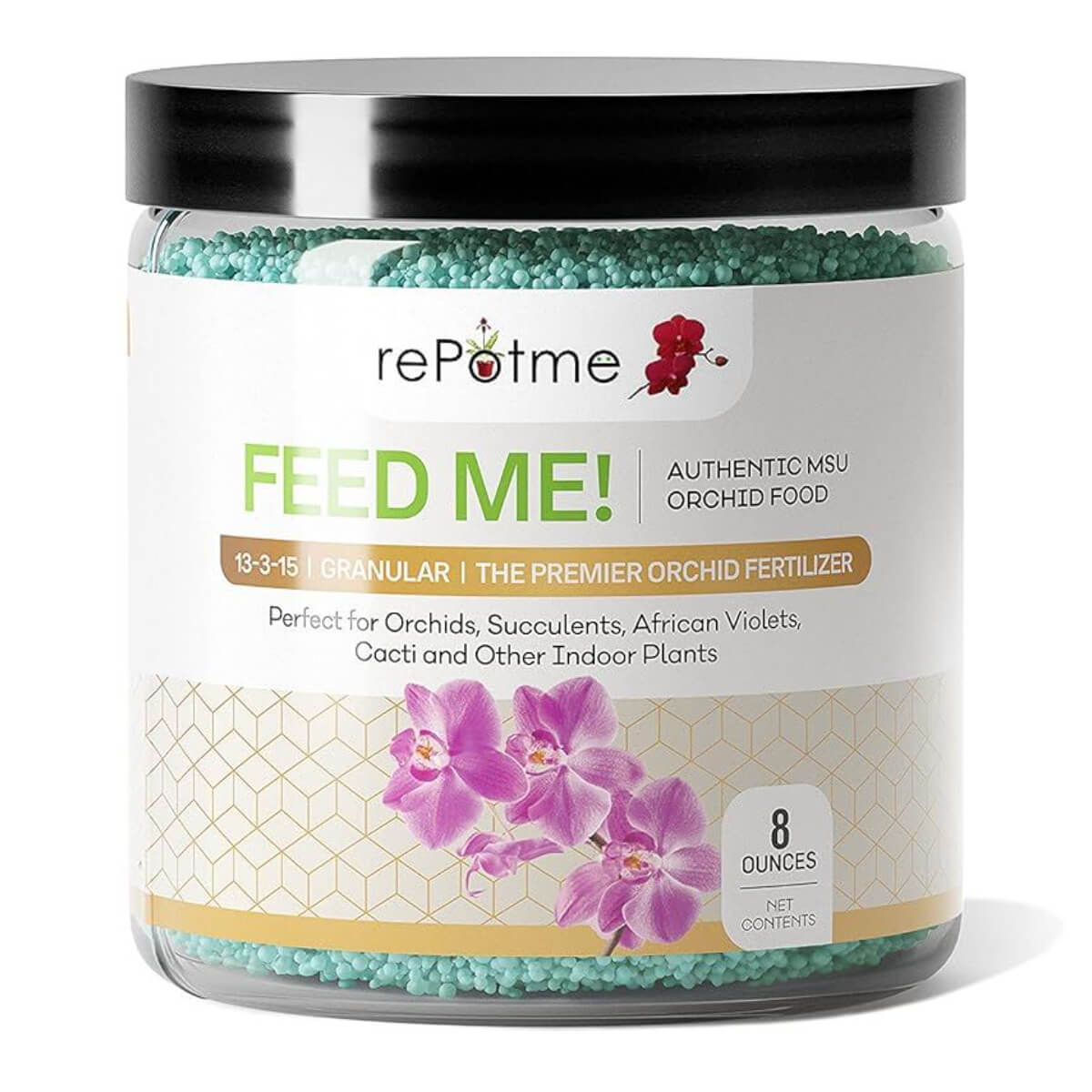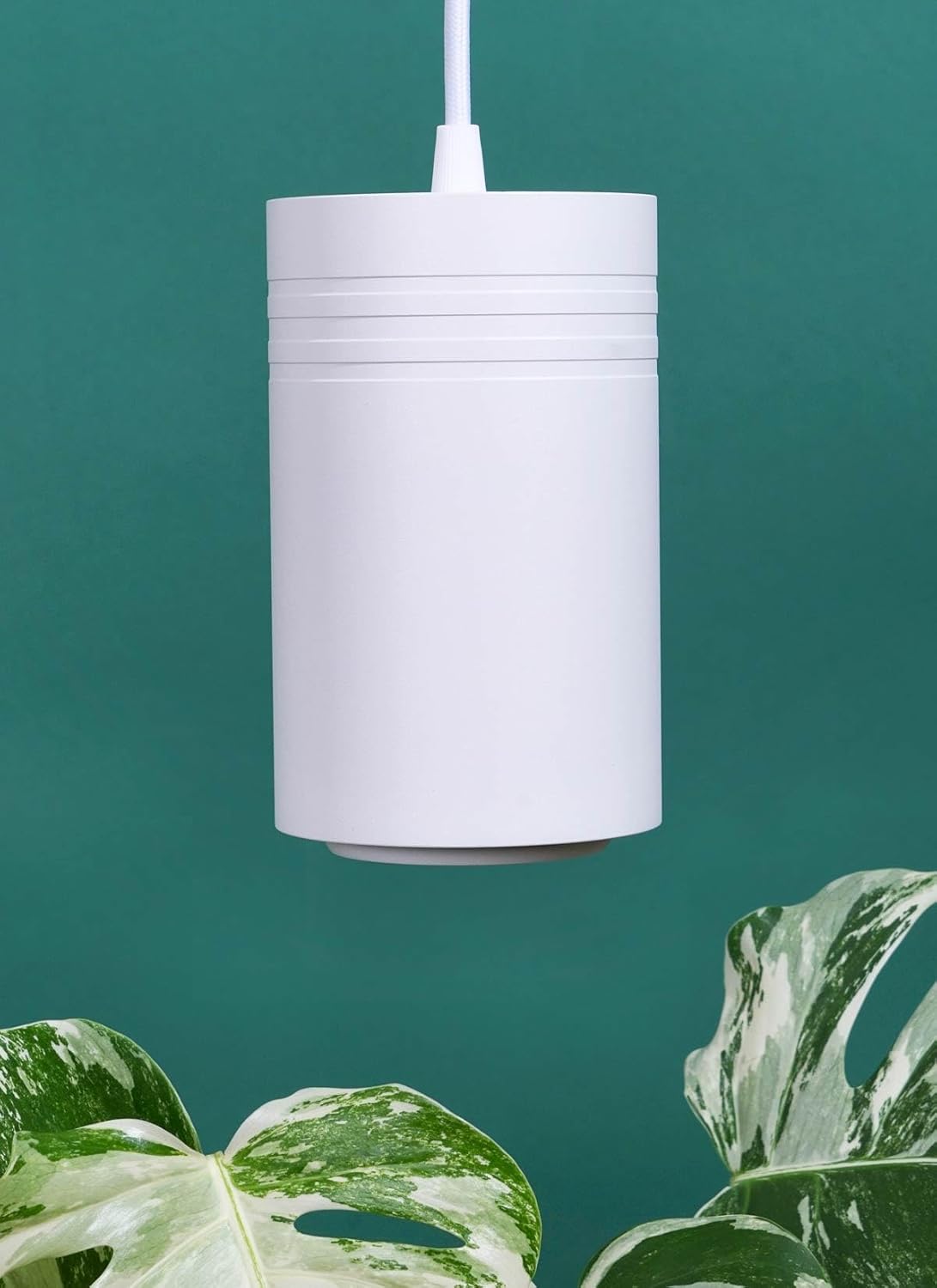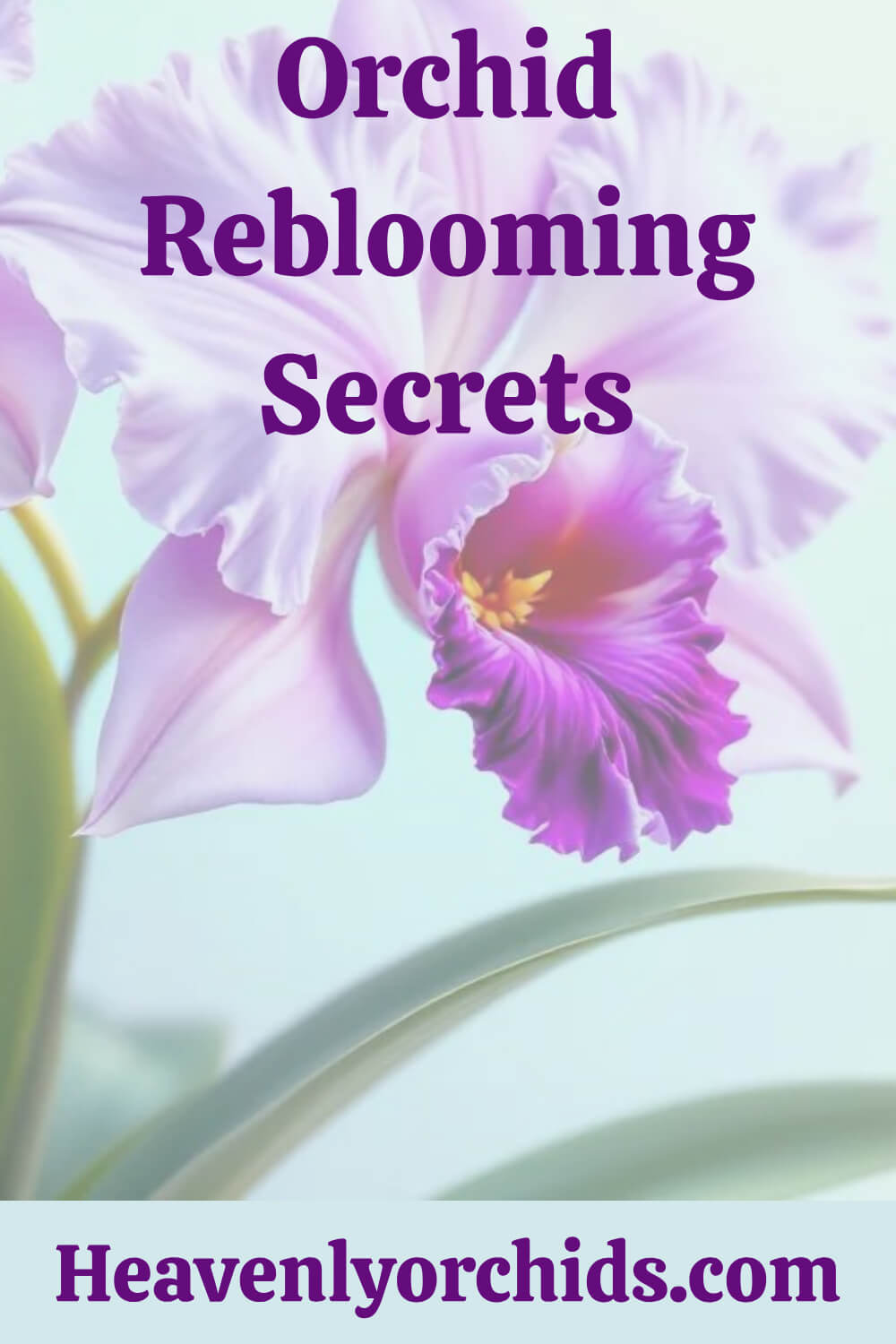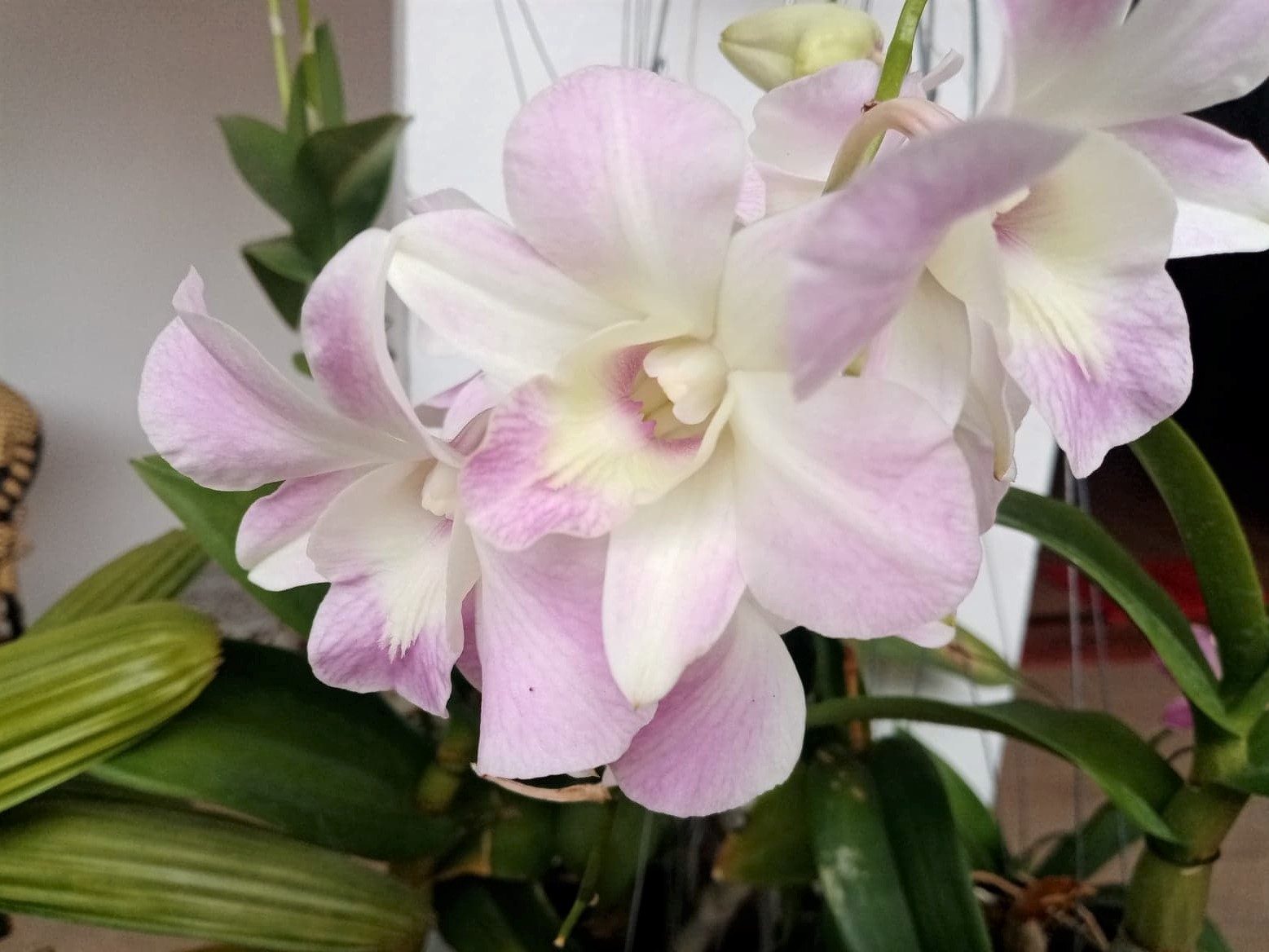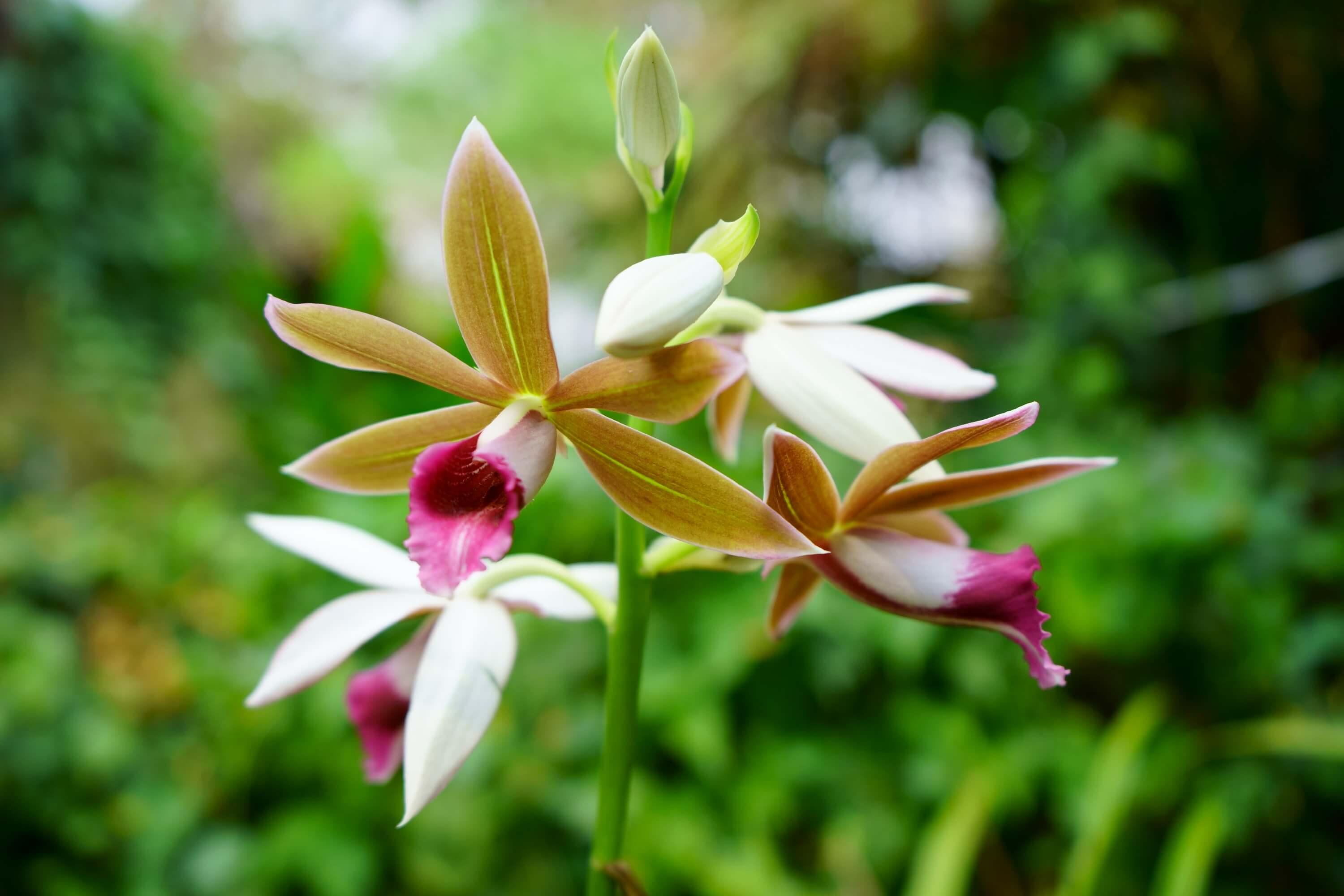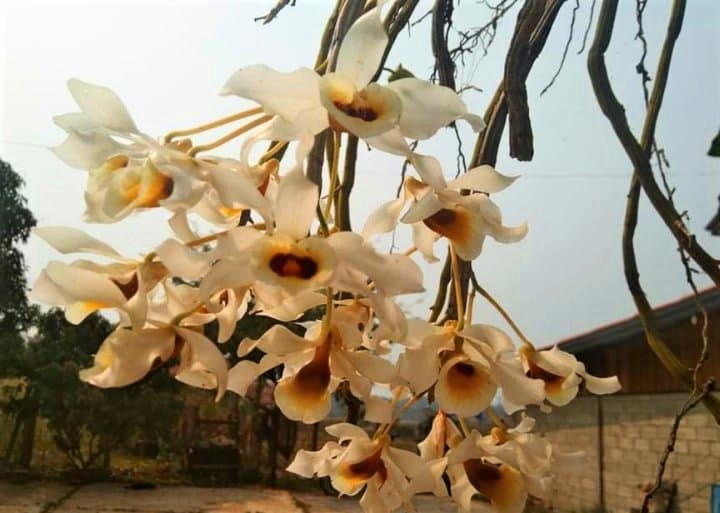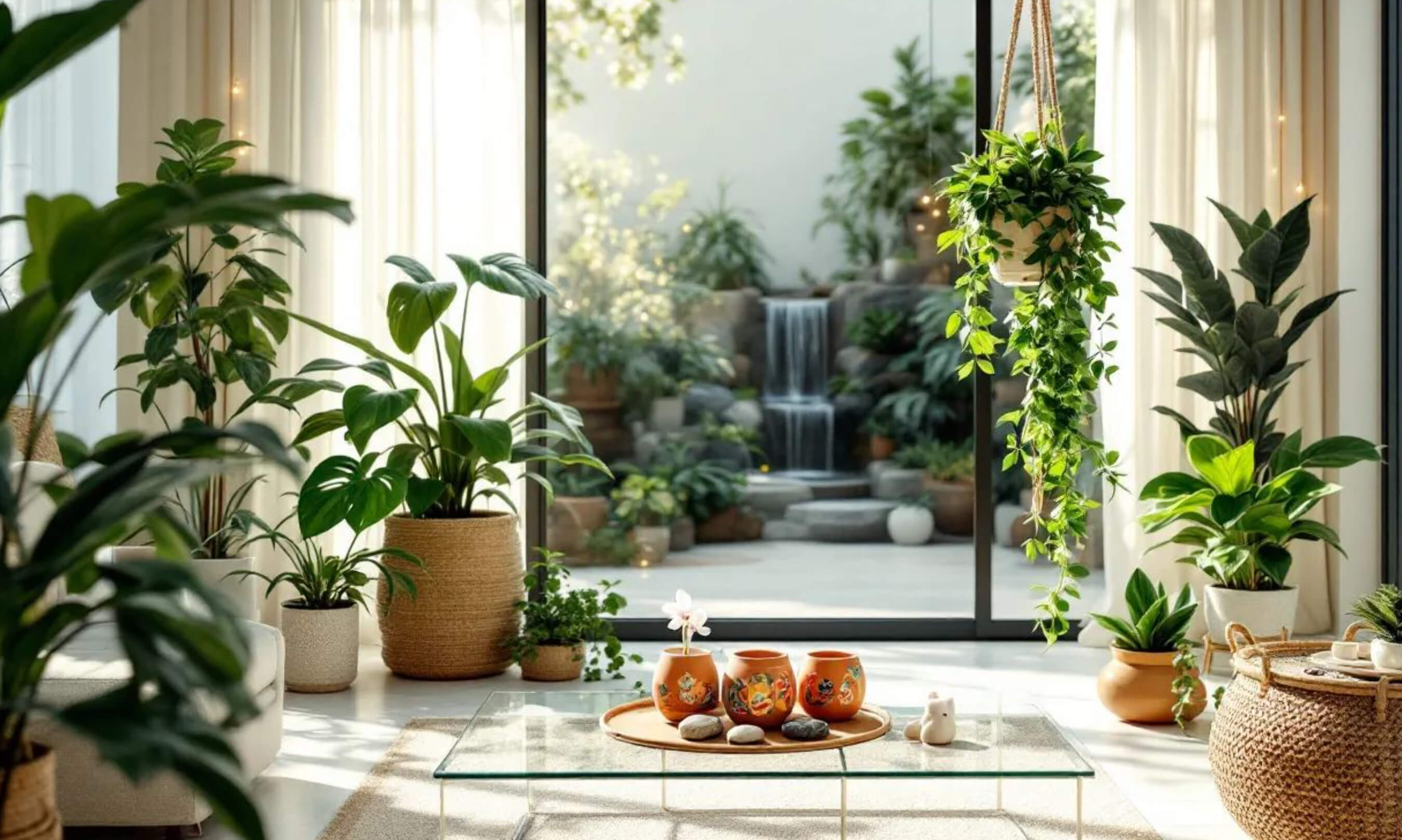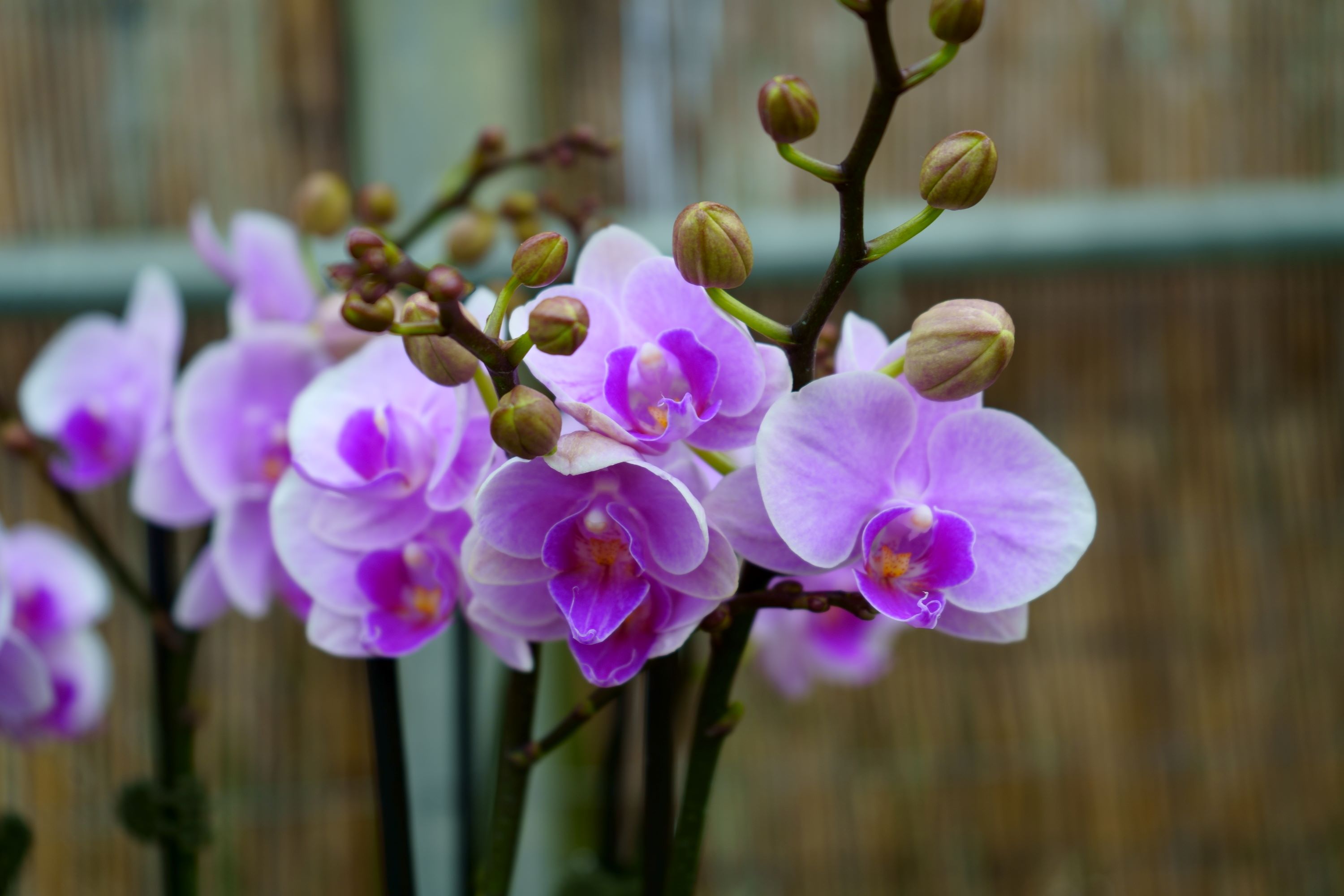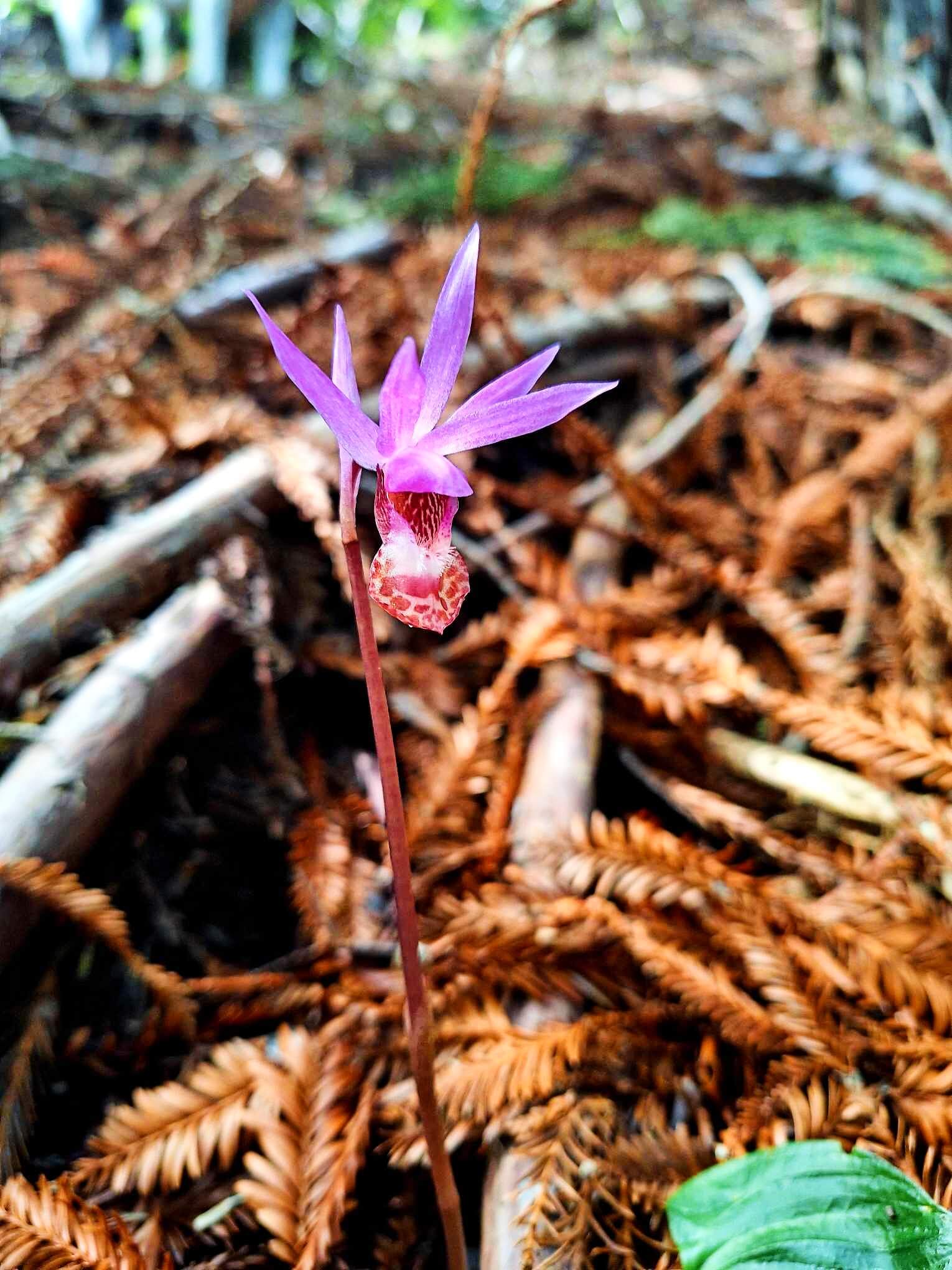Do Orchids Grow Back? A Complete Guide to Orchid Care and Reblooming
Imagine your home filled with the exotic beauty of orchids—year after year. But do orchids grow back after their blooms fade? The answer is a resounding yes! With the right care, these stunning plants can rebloom, bringing lasting elegance to your space. In this guide, we’ll dive into the flowering seasons of popular orchid genera like Phalaenopsis, Vanda, Dendrobium, and more, and share expert tips to help your orchids thrive and bloom again and again.
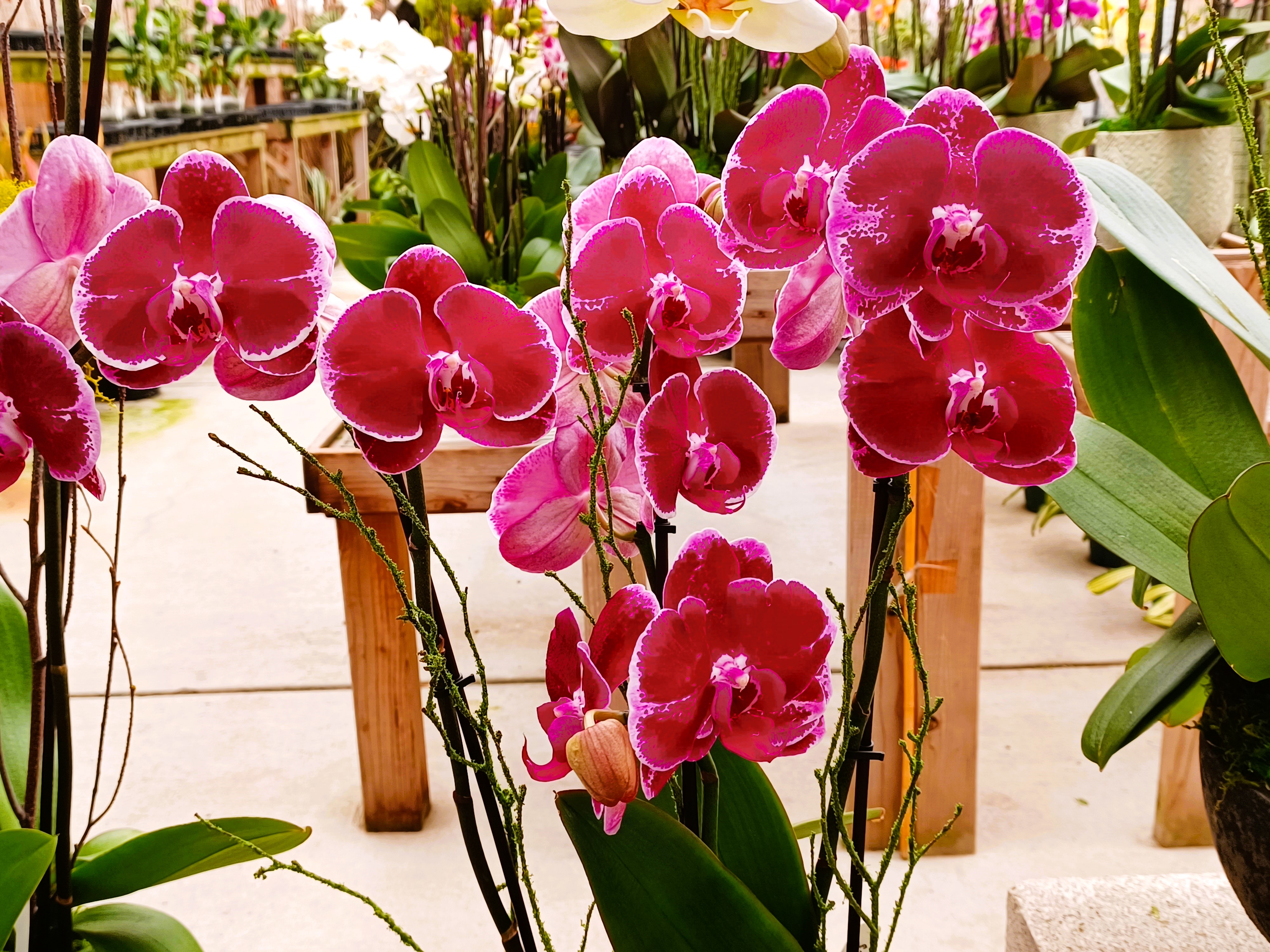
Heavenly Orchids participates in affiliate marketing programs, which means we may earn commissions on qualifying purchases made through our links. We only recommend products we genuinely believe in.
Want Healthier Orchids? Get Your Free Care Guide Now!
Understanding Orchid Flowering Seasons
Orchids are diverse, with each genus having its own blooming cycle. Some orchids bloom only once a year, while others, such as Phalaenopsis, Oncidium, Cattleya, Vanda, and Epidendrum, can flower multiple times annually when given the ideal conditions to thrive in. Knowing your orchid’s flowering season is crucial for providing the right care. When purchasing an orchid, ask the grower about its blooming schedule. Light, temperature, humidity, and fertilizer all play important roles in orchid reblooming. In this guide we will help you create the ideal environment for reblooming.
Key Factors for Orchid Reblooming
To answer the question, do orchids grow back, we need to focus on four critical factors: light, temperature, humidity, and fertilization.
1. Light: The Foundation of Orchid Health
Proper lighting is one of the most important orchid reblooming tips to ensure your plants thrive. Orchids require bright, indirect light to thrive. Direct sunlight can scorch their leaves, so place them near a window where they receive gentle morning or late afternoon sun. Different orchids have varying light needs:
- Low to Bright Shade: Masdevallias, Miltoniopsis, Phalaenopsis, and some Paphiopedilums.
- Bright Indirect Light: Brassias, Cattleyas, Miltonias, and Oncidiums.
- Very Bright Light: Brassavolas, some Cattleyas, and Vandas.
Supplementing with grow lights can benefit all orchids, especially in low-light environments. You can read more about orchid light requirements and see more of our product recommendations in our Guide to Optimal lighting.
2. Temperature and Humidity: Creating the Perfect Environment
Orchids thrive in warm, humid conditions. Daytime temperatures between 70–90°F (18–30°C) are ideal. To increase humidity, use a humidifier or place a water-filled humidity tray near your orchids. Avoid placing them near drafts or heating vents, as sudden temperature changes can stress the plants. Monitoring temperature and humidity is crucial for orchid care. Use a reliable thermometer and hygrometer to keep conditions ideal.

3. Watering: Balancing Moisture and Drainage
Overwatering is a common mistake that can lead to root rot. Orchids are not like traditional houseplants; most don’t need constant moisture, however there are exceptions to that rule. Water them once a week, ensuring the growing medium drains well. For optimal results, use rainwater, distilled water, or reverse osmosis water—the gold standard for orchid care. Avoid letting water pool where the leaves meet the stem, as this can cause fungal issues. Orchid watering needs can vary widely depending on the genus and species. For a comprehensive, step-by-step guide to keeping your orchids perfectly hydrated, check out our Ultimate Guide to Watering Orchids!
Using a well-draining orchid pot can prevent overwatering and root rot. Check out our recommended orchid pots for optimal drainage.
Pro Tip: Place your orchids in clear aerated plastic orchid pots and nestle them inside a decorative pot to complement their beauty.
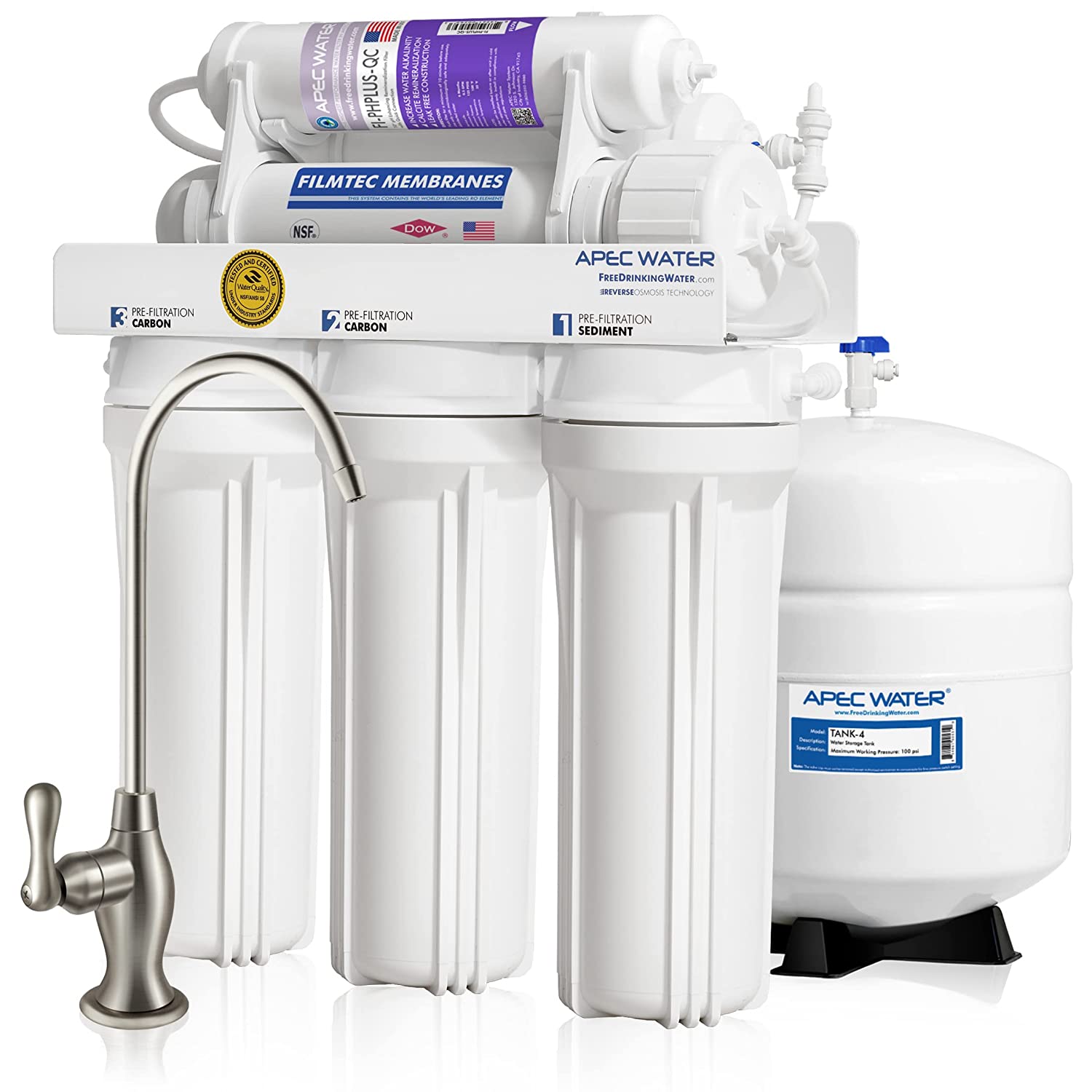
APEC Water Systems Top Tier Supreme Certified Alkaline Mineral pH+ High Flow 90 GPD 6-Stage Ultra Safe Reverse Osmosis Drinking Water Filter System (Ultimate RO-PH90)
Orchid Care Tip: Did you know kelp seaweed can work wonders for your orchids? It’s rich in cytokinins, natural plant hormones that play a key role in orchid health. These powerful compounds stimulate cell division, enhance growth, and encourage orchids to focus on flower production. By incorporating a kelp-based fertilizer into your routine, you can give your orchids the extra push they need to produce bigger, more vibrant blooms.
If you have an orchid that’s been struggling to bloom, try adding kelp fertilizer to your watering routine in the months before its flowering cycle. It’s like giving your plants a backstage pass to their own floral show!

- Boosts Blooming with Natural Cytokinins
- Enhances Root Health and Growth
- Packed with Essential Nutrients
- Eco-Friendly and Sustainable
4. Fertilizing: Fueling Growth and Blooms
Fertilizing is essential for orchid health and reblooming. Use a balanced 20-20-20 fertilizer or a specialty Orchid Fertilizer like the MSU Fertilizer Formula for Orchids during non-blooming periods and some growers like to switch to a high-phosphorus, high-potassium bloom booster formula about a month before the flowering season. A “water weakly, weekly” approach—diluting the fertilizer to a quarter strength—works well for most orchids. While these are general guidelines, fertilizer needs can vary by orchid species. For tailored advice, consult your local orchid expert or nursery to find the best fertilizer for your specific plants.
- Tailored for Orchids Specifically formulated by Michigan State University
- Pure Water Compatibility
- Balanced Nutrient Profile
- Urea-Free Formula
- Versatile and Easy to Use
How to Get Your Favorite Orchids to Rebloom
Phalaenopsis: The Beginner Friendly Orchid
One of the most popular and beginner-friendly orchids is the Phalaenopsis, also known as the Moth Orchid. These orchids typically bloom once a year, often in winter or spring, and can produce up to three stunning flower spikes at once. Their large, elegant flowers come in a wide range of colors and patterns, and each bloom can last for several months, adding lasting beauty to your home.
To encourage your Phalaenopsis to rebloom, provide indirect sunlight, moderate humidity, and a consistent care routine. One of the most critical—and often overlooked—factors is temperature. Phalaenopsis orchids require a 10–15°F (5–8°C) drop between daytime and nighttime temperatures, with nights cooling to 55–65°F (13–18°C), to initiate blooming. This temperature difference, maintained for several weeks, mimics their natural environment and encourages flower spikes. This temperature shift signals the plant to initiate blooming.
While light, humidity, and fertilizing also play important roles, maintaining the right nighttime temperature is key to successful reblooming. For more tips on caring for your Phalaenopsis after blooming, check out our care for orchids after blooming guide.

- Indoor Tabletop Waterfall Fountain
- Creates a soothing sound of flowing water.
- Helps maintain optimal humidity for orchids.
- Adds a decorative, zen-like touch to your space.
-Check Price on Amazon-
Do Orchids Grow Back? The Secret to Vibrant Vanda Blooms
The question of do orchids grow back often arises with the stunning Vanda genus. Known for their vibrant, colorful and sometimes intoxicatingly fragrant blooms, Vandas thrive in bright, indirect light—brighter than most other orchids. If your Vanda isn’t reblooming, insufficient light is often the culprit. Place them in a well-ventilated area where they can receive plenty of bright, filtered sunlight. For growers in low-light environments, consider using a supplemental grow light to ensure your Vandas get the light they need.
In addition to light, Vandas require high humidity (60–80%) and weekly watering. During cooler months, reduce watering frequency to mimic their natural cycle, and increase it in warmer months to encourage flowering. A nutrient-rich fertilizer high in potassium and phosphorus will also help promote stunning blooms.
Aspect World's First Decor Grow Light - Large White Luxury LED Grow Light – for Medium and Large Plants. Optimal Plant Growth & Aesthetic Lighting. Versatile Placement, Easy Setup. Durable & Elegant Design.
Hand-built in the USA.
Dendrobium Orchids: A Guide to Vibrant, Frequent Blooms
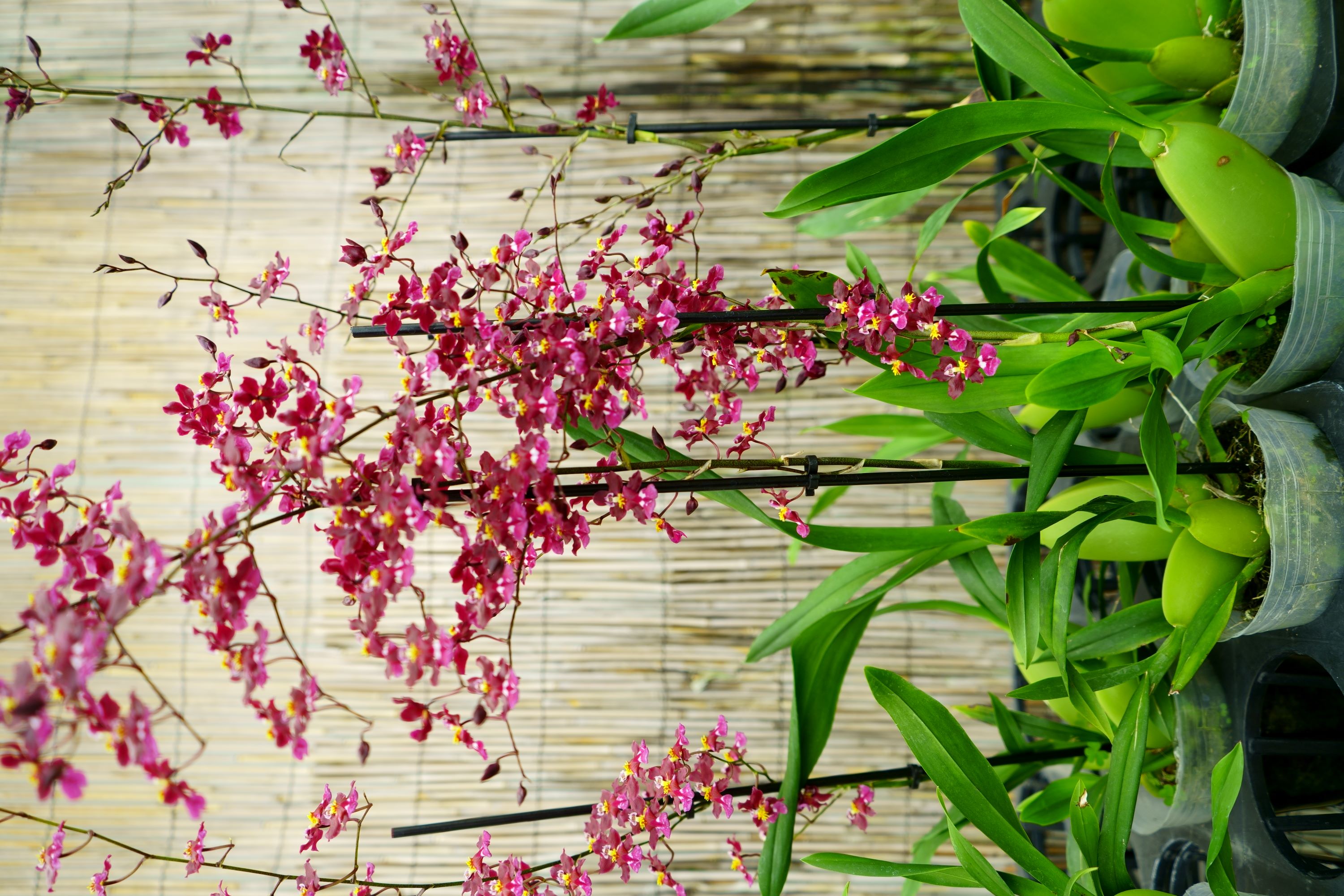
Dendrobium orchids are a diverse and popular genus, known for their ability to bloom up to three times a year. These orchids produce a profusion of colorful flowers and thrive in bright, indirect light. While their care can vary slightly depending on the species, most Dendrobiums prefer cooler temperatures (65–75°F or 18–24°C) and high humidity.
To encourage blooming, water Dendrobiums frequently but allow the growing medium to dry out between waterings. A bloom booster fertilizer, high in phosphorus and potassium, can help stimulate flower production. For an extra boost, consider adding a kelp-based supplement to your routine—it’s packed with natural growth hormones that promote healthy roots and vibrant blooms. These orchids are unique for their elongated canes, which grow vertically and produce smaller, delicate flowers compared to other orchid genera.
According to the American Orchid Society (AOS), Dendrobiums are divided into several groups based on their growing habits, such as evergreen and deciduous types. Evergreen Dendrobiums, like the popular Dendrobium phalaenopsis hybrids, retain their leaves year-round and bloom multiple times a year. Deciduous Dendrobiums, on the other hand, shed their leaves during dormancy and require a dry rest period to rebloom.
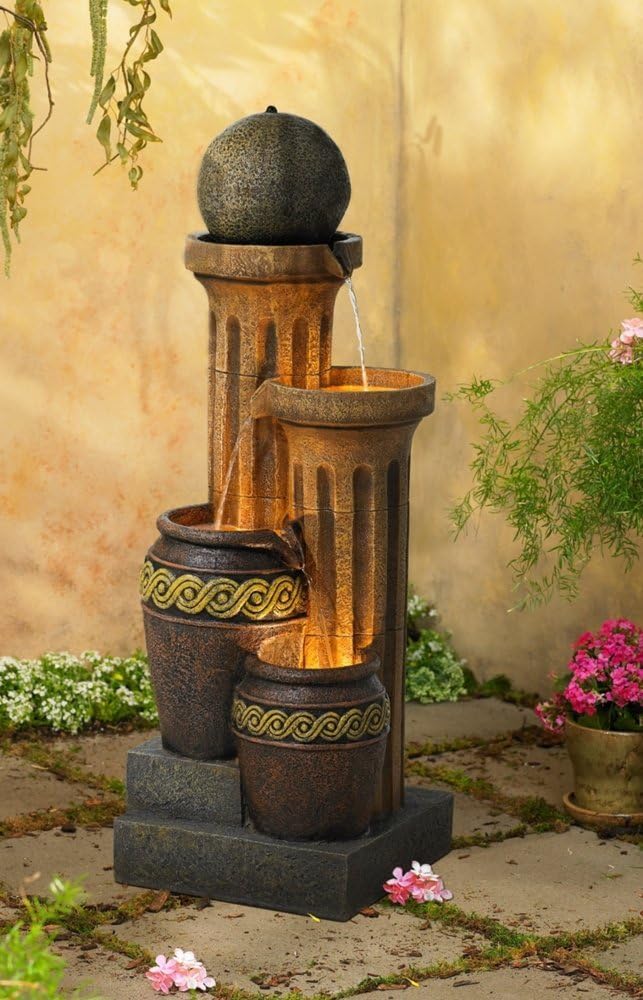
- 50" rustic fountain with LED lights and cascading water.
- Lightweight resin and stone construction, easy to move.
- Includes water pump, 3 LED bulbs, and 6-foot cord.
- Perfect for gardens, patios, balconies, or indoor spaces.
- Creates soothing ambiance with 4-tiered water flow design.
Cymbidium Orchids: Tips for Stunning Reblooms
If you’re wondering do orchids grow back, Cymbidiums are a great example of orchids that can rebloom with the right care. Cymbidium orchids are a favorite for their large, long-lasting flowers, which can bloom in winter or even summer, depending on the variety. Their blooms can last up to eight weeks, adding a dramatic touch to any space. After the flowers fade, cut the flower spike down to about one inch above the base to encourage new growth and future blooms.
To get your Cymbidium to rebloom, pay close attention to its light and temperature needs. These orchids thrive in bright, indirect light—ideally with some morning sun. During the summer, they benefit from being placed outdoors in a shaded area to receive natural light and cooler nights.
One of the most critical factors for reblooming Cymbidium orchids is a significant nighttime temperature drop. In late summer and early fall, Cymbidiums need nighttime temperatures between 50–60°F (10–15°C) to initiate flower spikes. This temperature difference mimics their natural environment and is essential for triggering blooms. If grown indoors, consider placing them near a cool window or in a room with lower nighttime temperatures. During the summer, moving them outdoors to a shaded area can also help achieve the necessary temperature fluctuations.
Additionally, Cymbidiums prefer consistent watering during their active growth period but should be allowed to dry slightly between waterings. Use a balanced fertilizer during the growing season and switch to a bloom booster formula high in phosphorus and potassium in late summer to support flower development.
Cattleya Orchids: The Queen of Orchids
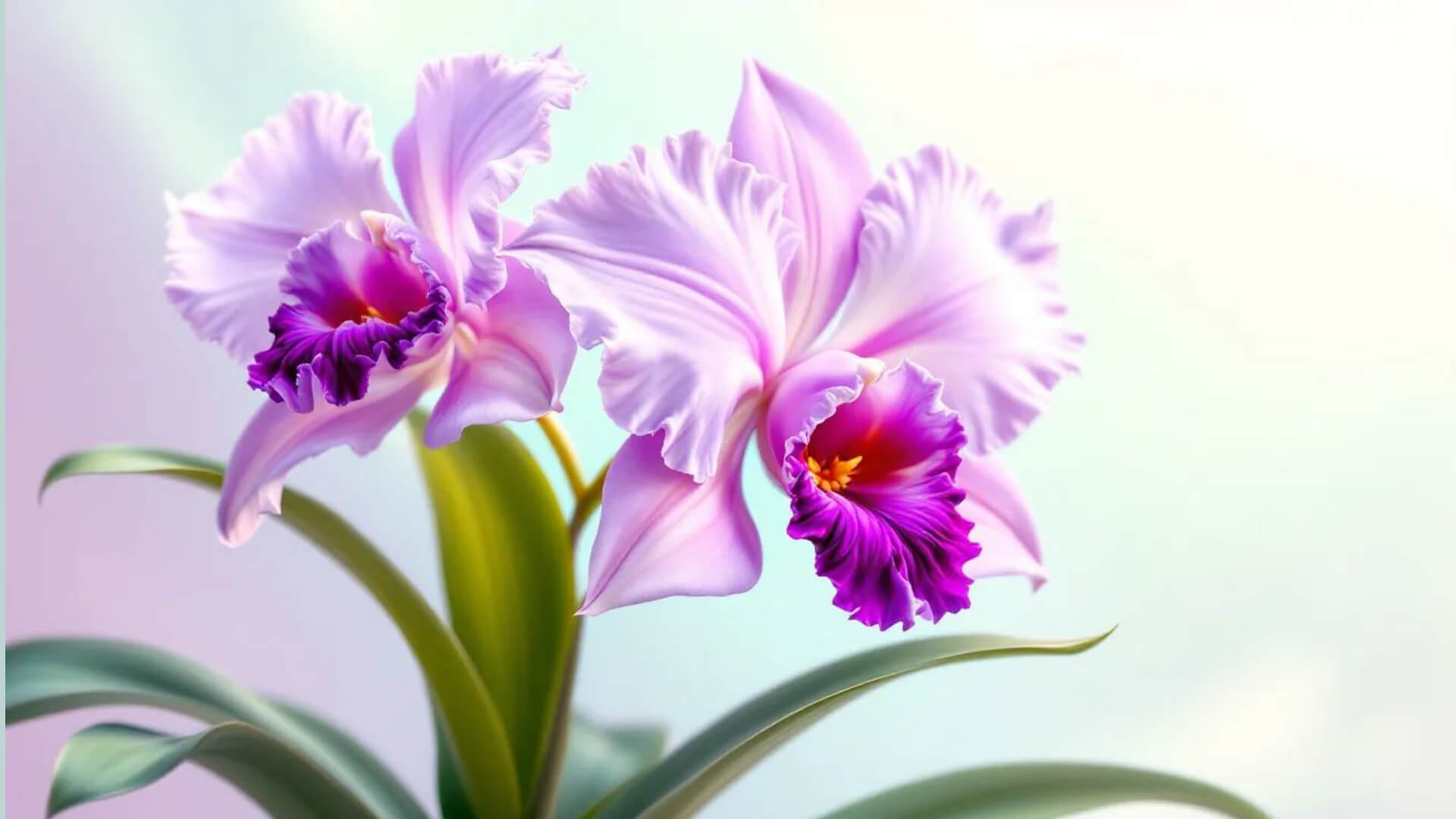
Cattleya orchids are renowned for their large, showy blooms and vibrant colors, earning them the nickname "Queen of Orchids." To thrive and rebloom, they require bright, direct sunlight for at least four hours a day, ideally in the early morning or late afternoon. Avoid harsh midday sun, as it can scorch their leaves. For growers in low-light environments or during shorter winter days, supplemental artificial light can be a game-changer. Using a high-quality grow light ensures your Cattleyas receive the light intensity they need to bloom beautiful
These orchids prefer warm daytime temperatures (70–85°F or 21–29°C) and slightly cooler nights, with a drop of about 10–15°F (5–8°C). Moderate humidity levels of 50–70% are ideal, which can be achieved with a humidifier or humidity tray.
During the growing season, water Cattleyas thoroughly once the potting medium is nearly dry and fertilize regularly with a balanced orchid fertilizer. As cooler months approach, reduce watering and fertilizing to mimic their natural dormant period. This rest phase is crucial for encouraging reblooming.
Cattleyas also benefit from good air circulation to prevent fungal issues and promote healthy growth. With proper care, these stunning orchids can reward you with breathtaking blooms year after year.
In Summary: Do Orchids Grow Back
"So, do orchids grow back? Absolutely—with the right care, your orchids can rebloom year after year. By understanding their unique needs—light, temperature, humidity, watering, and fertilizing—you can create an environment that encourages reblooming. Whether you’re growing Phalaenopsis, Vanda, Dendrobium, or any other orchid genus, consistent care will provide lasting beauty and elegance to your home year after year.
|
|
We hope you found this information useful and if you like Heavenly Orchids, please join our mailing list for monthly updates.
